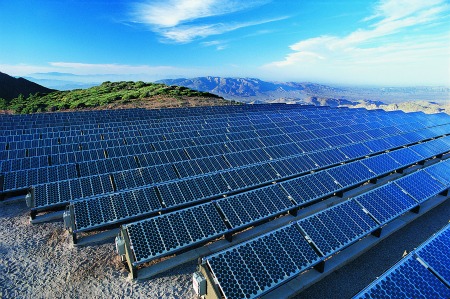Christy Perera: January 2012 Archives

Dirt is beginning a new series featuring innovation driven by the life of UChicago minds. Look for more installations coming soon!
The hills are alive with the sound of…wind! And as the wind blows and the sun shines, this energy is collected by each respective technology. But where are the hills? Certainly not in Chicago, but more likely in a remote area where the electricity these resources generate isn’t needed. Thousands of miles away, however, cities are keeping their lights on and there electronics plugged in—using large amounts of electricity in their day-to-day lives.
Laurens Mets, PhD, an associate professor in the University of Chicago’s Molecular Genetics and Cell Biology division, has invented a new technology to tackle this problem. Using a microbe to convert wind and solar power into methane (natural gas), this form of energy can be transported and thus utilized in metropolitan areas far from remote wind and solar farms. The microbes are similar to those used to create methane in the digestive tracts of cattle.
This new technology is exciting because it provides the possibility of storing large amounts of wind and solar power efficiently. If microbes convert this energy into natural gas, this stable chemical form of energy could easily be stored and transported. This method provides a unique answer to the problem of utilizing wind and solar energy, as it allows for the possibility of using existing infrastructure (currently used to transport natural gas) to transport the energy to consumers. According to Dr. Mets, this process has the potential to make a huge impact and serve as an impetus to push wind and solar harvesting into the large-scale primary energy supplying market.
Read more about this innovative finding here.
